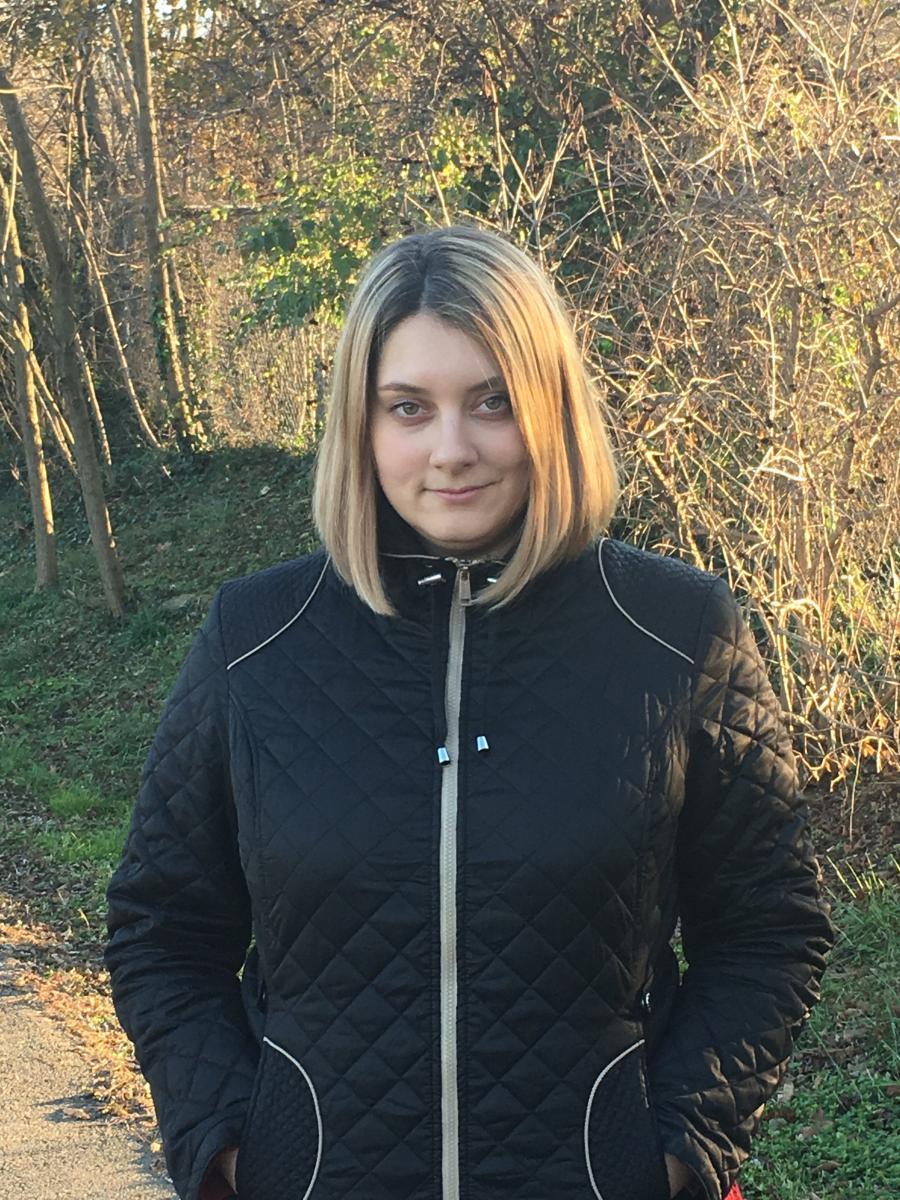
Name:
Tijana Jovanovic
PhD:
Civil and Environmental Engineering
Hometown:
Belgrade, Republic of Serbia
SESYNC project:
It is a joint project between SESYNC and Microsoft, related to the new high resolution land cover data set developed for Puget Sound and Chesapeake Watersheds.
How would you describe your primary field of study?
Urban Hydrology
Can you briefly describe your proposed SEYNC postdoc project?
I will be looking at various aspects of green infrastructure implementation in urban areas. I am interested in understanding the diversity of goals and interests present in urban environments and how they might be reconciled in order to build/reconfigure our cities in a more sustainable and resilient way.
Why is SESYNC right place to undertake this research?
In order to develop sustainable and resilient cities we need not only to mend the “dysfunctional” or aging infrastructure, improve quality of land and/or air, etc. but also to understand the urban/city lifestyle as well as urban policy and decision makers. We need to make sure that solutions are being implemented where they are needed and where their presence will maximize the benefits to as many actors as possible. In order to achieve such goals, diversity of opinions and objectives need to be considered and incorporated into the overall solution. What better place than SESYNC for researching such a tangled interdisciplinary problem?
What are you reading right now?
I am reading “The Death and Life of Great American Cities” by Jane Jacobs and “Literary guide to Belgrade” („Književni vodič kroz Beograd”) by Jovo Anđić, which is an interesting book I found on my last visit to Belgrade.
Name:
Robert W Rankin
Ph.D.:
Biological Sciences, Murdoch University, Australia
Hometown:
Washago, Ontario, Canada
SESYNC Project:
Population Biology and Social Networks of Bottlenose Dolphins
How would you describe your primary field of study?
I study of the survival and movement of marine mega-fauna (dolphins, seabirds) by developing statistical models, in particular, Bayesian hierarchical models, network models, and machine-Learning techniques. We need to use sophisticated statistical models because the ocean is big, animals are small, and so we only observe a small portion of their actual behaviour and life-history. Statistical models provides us with a means of connecting-the-dots in a defensible way. Marine zoological systems also serve as an interesting playground to push the boundaries of statistical analysis and understand the limits to statistical inference.
What are the broad questions you are interested in studying?
I am broadly interested in the use of population biology, behavioral ecology, and socio-biology for informing conservation management. For example, how does one's social position or network position affect one's survival probability? Secondly, and in tandem, I am interested in the philosophy of statistics and science, given that statistical modelling plays such an important role in conservation decision-making.
What inspired you to choose this field of study?
Marine life and the ocean environment is incredibly fascinating! It is like an alien world, rich with discovery. Dolphins, in particular, are both eerily familiar in some of their behaviour and socio-sexual systems, as well as being incredibly bizarre.
What are you reading right now?
I don't have much time to read for pleasure at this moment. However, one "guilty pleasure" of mine has been to read the series "Studies in the history of probability and statistics XLVI." It is fascinating to read the history of ideas, and the lives of brilliant men who shaped our modern thinking about science.